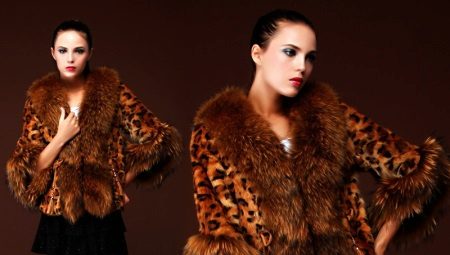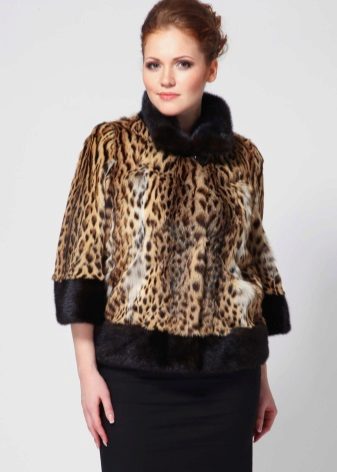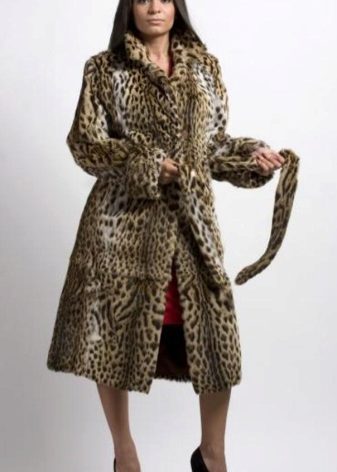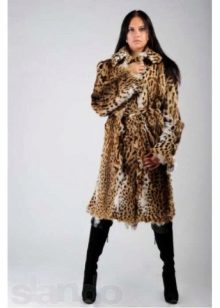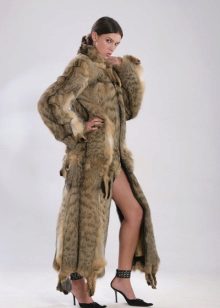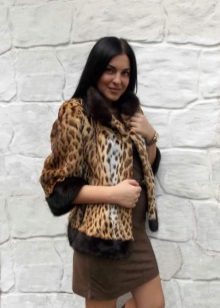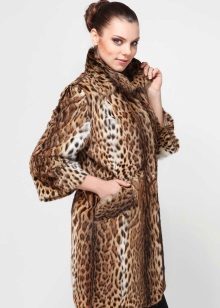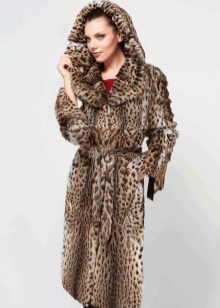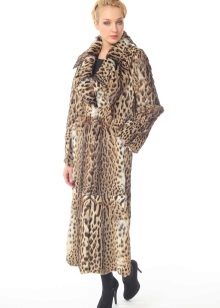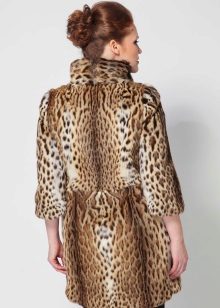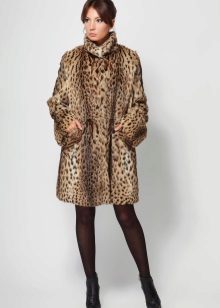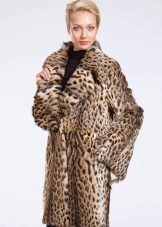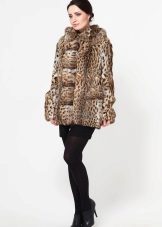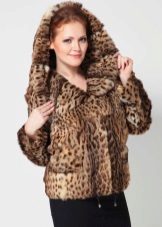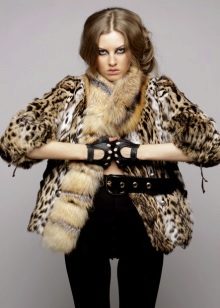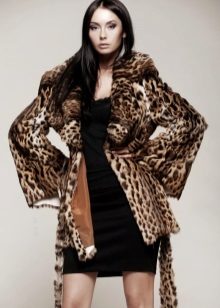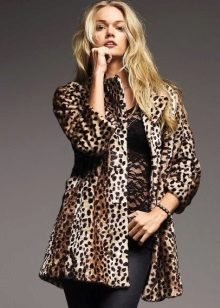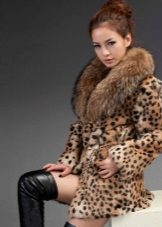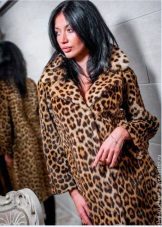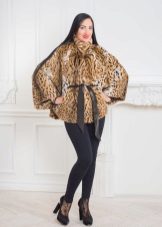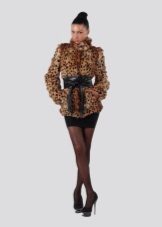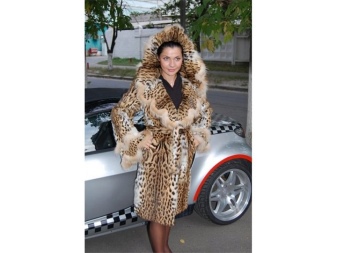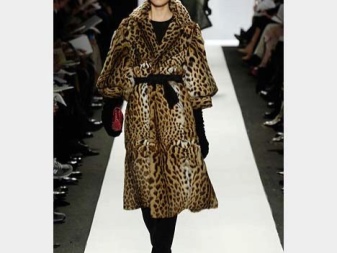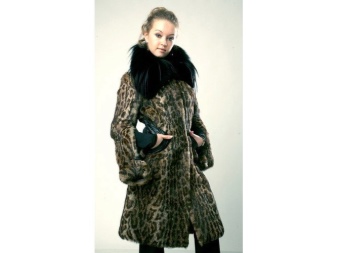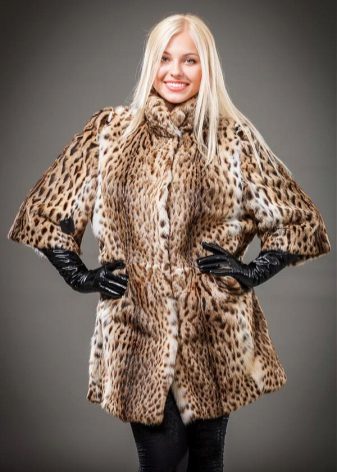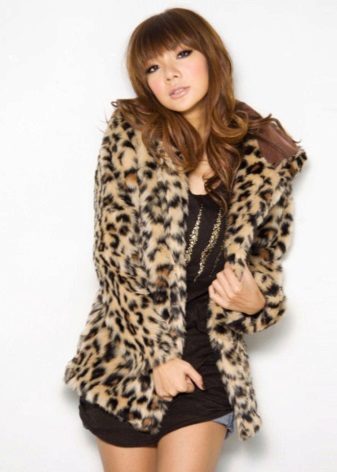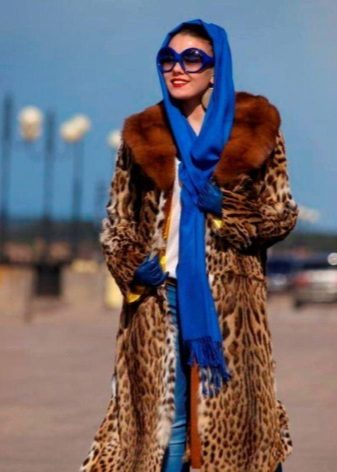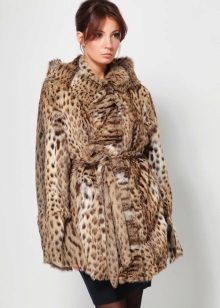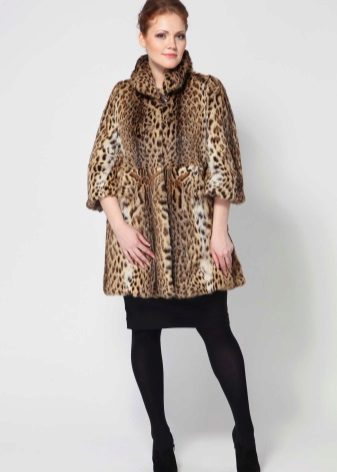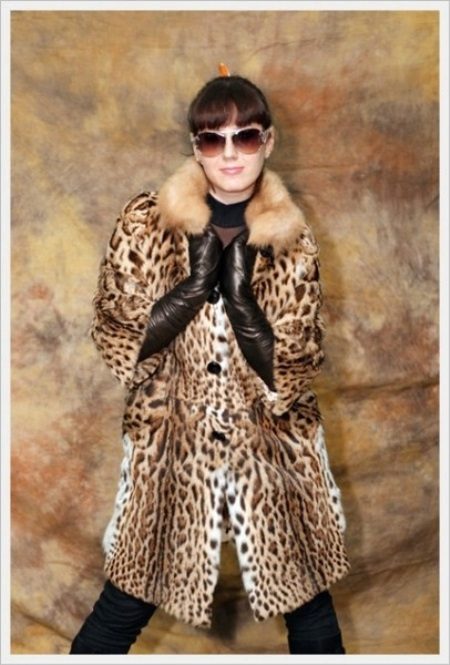Many connoisseurs of natural fur tend to stand out among all the owners of mink and muton fur coats. The fashionable thing from the fur of the reed cat will be the best way to do it. This animal is extremely rare in nature, the number of its strictly regulated, so the coat of this fur is guaranteed to be exclusive.
Due to the unique color, reed cat is also periodically called the marsh trot. Also common is the third name - lippi. The reed cat, as a rule, is three times larger than domestic cats: the body of an animal reaches one meter in length, and its weight is fifteen kilograms.
Features and benefits of fur
The color of the reed cat skin is considered to be one of the most unique and elegant: short-haired spotted fur gently shimmers in both sunlight and artificial light. Lippi fur is distinguished by mid-width mezdra, it is not prone to stretching and wiping, even with daily use - provided that the fur coat from it is worn carefully and stored properly.
Unlike many other types of fur, both summer and winter reed cat skins are used for sewing fur coats. From the latter, darker things are obtained, which is explained by the soft and long pile of fur in which these animals meet winter. Such fur is valued much more than its short summer variety, which is rougher to the touch.
Models
Despite the scarcity of reed cat fur, The range of fur coats sewn from it is expanding every year. The main styles can be divided into several categories:
- Classic. The “to the floor” version, which is familiar to fur coats from other types of fur and is not burdened with decorative trimming, does not provide for a hood;
- Avtoledi. The fitted style that has already become a modern classic for active independent ladies is considered the best solution for those women who do not spend a day without driving. There are models with a hood and without it, a belt is emphasized at the waist, and it is recommended to emphasize the waistline;
- Fur coat of medium length. The most common version of the ankle or mid-calf is often equipped with decorative elements of raccoon fur or arctic fox;
- Transformer. The central part of such a coat is, as a rule, sewn from lippi fur, but the detachable sleeves can be either leather or made from the fur of other animals;
- Jacket. A youth model that exists in versions with both a hood and an English collar, not overloaded with trim.
Considering the rarity and value of the reed cat fur, it is not surprising that it was the shortened models of fur coats that were most prevalent on the market, to create which it is used. Firstly, their production takes a smaller amount of scarce skins, and secondly, it significantly reduces the cost of the finished product. Also deservedly popular are vests and coats made from swamp lynx fur.
Warmer coats, suitable for flaunting them in the most frosty days, are obtained from the winter fur of a reed cat.
Stylists remind fashionable women who are looking for an exclusive model of a fur coat made from this fur, that long models will not be appropriate while driving a car or in public transport. Active ladies, whose day provides a lot of travel, more suitable practical variations: avtoledi or fur coat jacket.
Colour
The coloring of the reed cat fur coat directly depends on the area in which it lives. The fur can be ginger, olive, brown and even grayish-brown.No matter what color the skin has, its ornament will be truly unique: no two are alike in nature. The fact is that the shades of the pile on different zones of the skins are different.
This gives the creators of the coat the ability to create a palette with original color overflows and transitions. It can be said with confidence that each fur coat sewn from the fur of a reed cat is similar to other pieces according to the style, but is unique in color.
The fur of a marsh lynx perfectly tolerates coloring, however, designers prefer not to deprive this exclusive fur of its unique original color - the spotty texture looks luxurious and without tinting.
The rarity of the reed cat is in a certain sense compensated by the fact that its fur is perfectly combined with other furs. Among the most desirable "neighbors" creators of fur coats are called polar fox and mink fur, as well as a black fox fox.
How to choose?
Despite the unique features of reed cat fur, coats made of it should be chosen in the same way as products from other types of fur:
- the fur slightly flattened by the palm should almost immediately restore its original shape;
- when trying to bend or crush a fur coat, the fur should not produce creaking or crunching noise;
- A new product should not emit any strong odors, the only permissible fragrance is only natural, barely perceptible fur smell.
Experts advise to buy things from a reed cat in the checked places where there is no risk to stumble upon a fake or low-quality fur coat, and professional consultants will help you choose the right model.
How to store?
The delicate structure of the reed cat fur can be wiped and rumpled when carelessly stored. To avoid this, you should hang a fur coat on a broad hanger and ensure free space around it. Hanging coat should not touch other things in the closet.
Before you put a fur coat from such fur for long-term storage until the next season, it must be thoroughly dried in a dark and well-ventilated room. After drying, the fur coat is gently shaken and placed in a suitable case - ideally, it should be a “native” case that came with the fur item.
Reviews
Modern designers turned their attention to the fur of the reed cat in the middle of the "zero", at the same time began a surge in consumer interest in the fur coats of this unusual fur.
Many owners of reed cat fur coats regard this purchase as an image rather than practical. These coats are clearly not for every day, but for a decent occasion. The same ladies who use these things as the main outerwear for the autumn-winter season, note that after a few years the fur begins to lose its original shade.
This is partly explained by the fact that prolonged exposure to direct sunlight does not benefit not only things from the swamp trot, but in general any natural fur.
